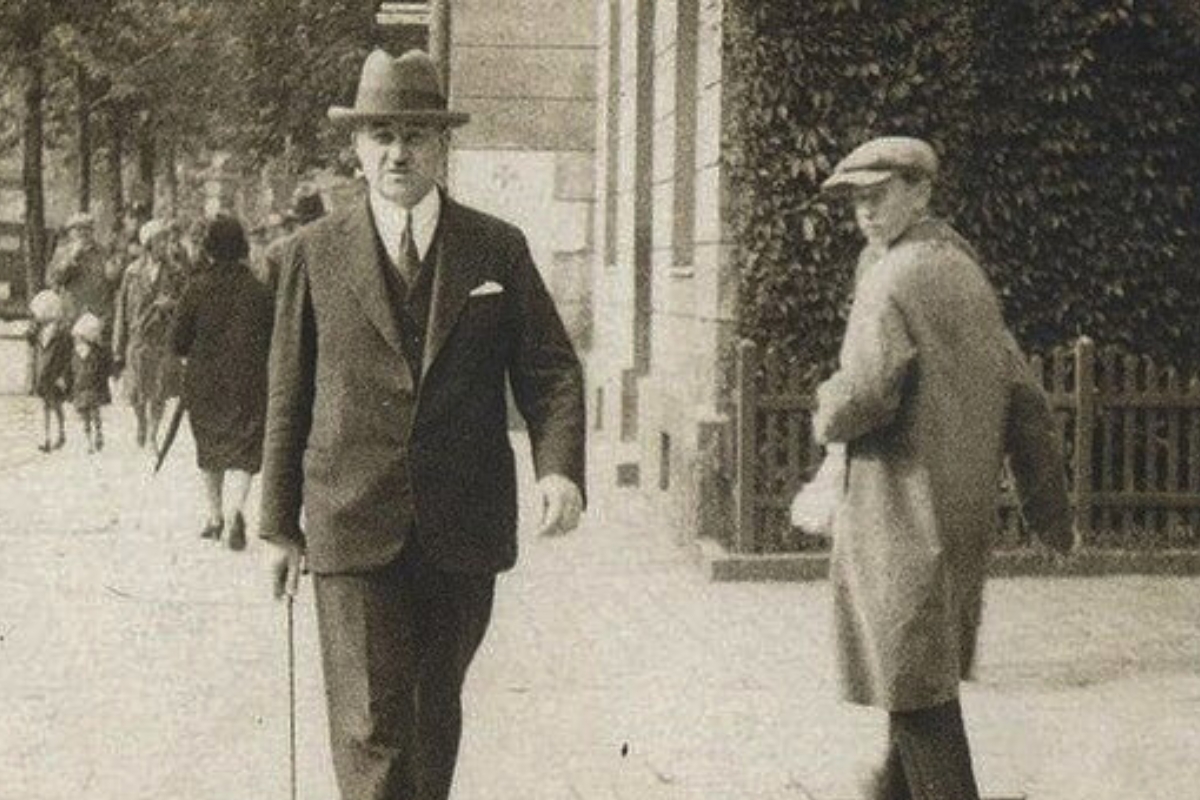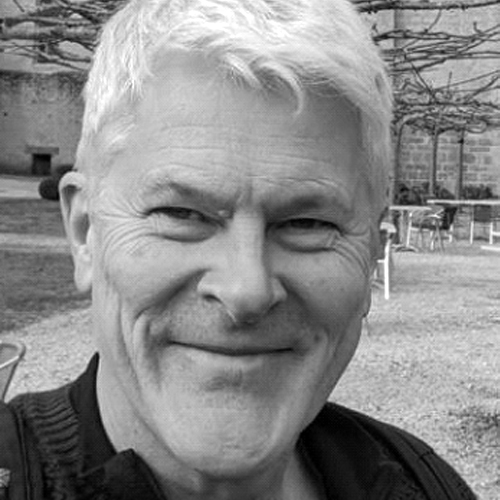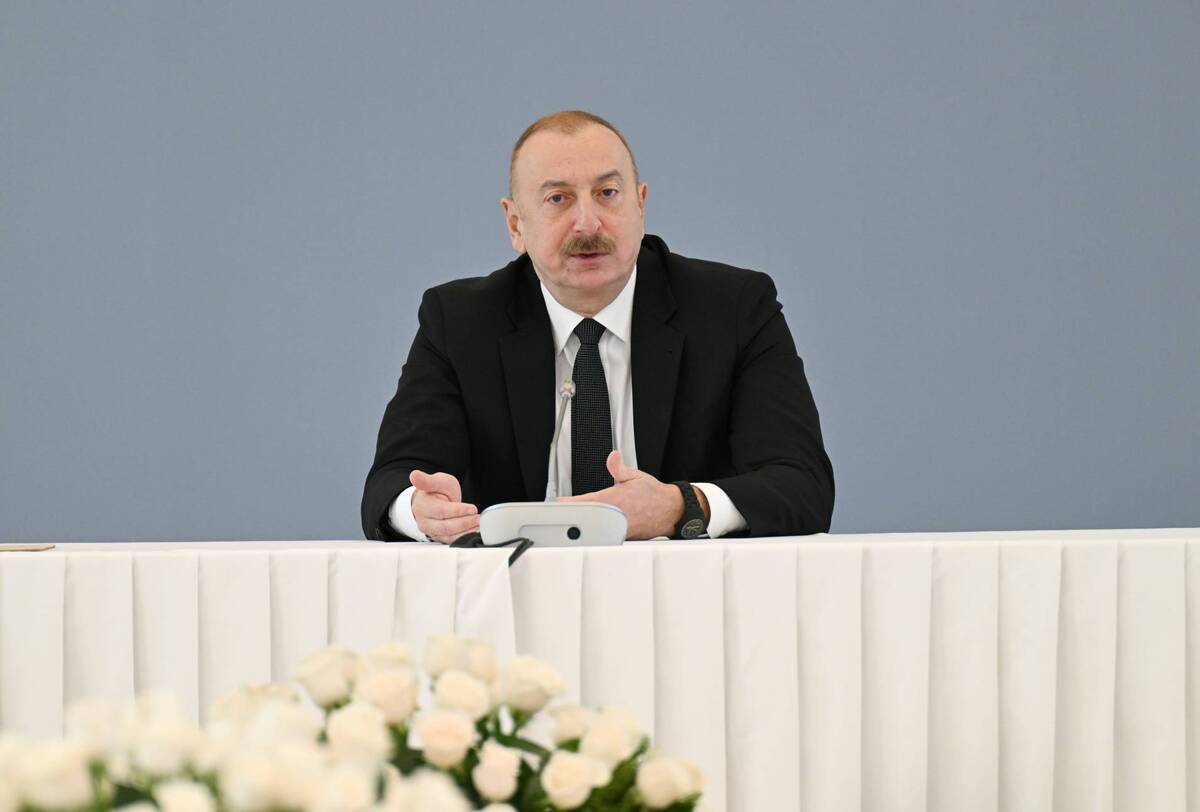- Home
- Mahammad Rasulzade 140th Anniversary
Mahammad Rasulzade 140th Anniversary
Few outside the Caucasus will know his name. However, for most Azerbaijanis, Mahammad Amin Rasulzade—born 140 years ago today—is one of history’s most pivotal figures, rising to prominence during the country’s first period of independence, the Azerbaijan Democratic Republic (‘ADR,’ 1918-1920).

Rasulzade in exile. Image: public domain
Born on 31 January 1884, in the Absheron settlement of Novkhani, Rasulzade was part of the social democratic movement in the period of relative political freedom that arose briefly in the Russian Empire after the first revolution of 1905. He edited forward-thinking newspapers first in Baku and later, with growing pressure from Tsarist authorities, in Iran, which was amid its short-lived ‘Constitutional Revolution.’ That was quashed by the Qajar rulers in 1911, with Rasulzade moving to Türkiye where he founded another journal before returning to Baku following an amnesty. There he co-founded the Musavat Party as what was initially a small, underground organization with a modernizing, pan-Turkic agenda that brought together Muslim social democrats and some future communists under the banner of people’s development for Azerbaijan.
Unlike the communist factions, Musavat was not expressly against Imperial Russia, but in the wake of the October Revolution, its broad appeal led Musavat to emerge as one of the most important parties of the council that ran Transcaucasia from Tbilisi. On 28 May 1918, Rasulzade, along with other prominent Azerbaijani members of the Trans Caucasian parliament, declared the independence of Azerbaijan, with Rasulzade becoming the chairman of the Azerbaijan National Council.
The ADR would prove very short-lived, being crushed in 1920 by the Red Army not quite two years after its formation. Rasulzade briefly fled to the mountain village of Lahij to resist prosecution from the Bolsheviks, eventually spending the rest of his life in exile in Türkiye. The fact that he was able to extricate himself from Russian re-conquered Azerbaijan is in itself one of the more interesting episodes of his later life. It is interesting that Stalin didn’t have him murdered, but instead allowed him to come to Moscow, which is often linked as payback for an earlier episode when, back in 1905, Rasulzade had helped Stalin to escape from Imperial Russian custody. However, Razulzade was able to flee to Finland, evading Stalin.
Rasulzade pictured with Abdulla Battal Taymas, Mustafa Lüfti, and Mustafa Salah in Finland in 1922. Image: public domain
Although Rasulzade would live out the rest of his days in Türkiye, he remained passionate about Azerbaijani independence. In 1923, he created the Azerbaijani National Center in Istanbul to coordinate the activities of Azerbaijani political exiles along with Musavat’s own Foreign Bureau. Rasulzade once declared that “The flag once raised will never fall,” a prophesy that was borne out after a 71-year hiatus when Azerbaijan regained its independence in 1991, and the same national colours flew again.
Rasulzade died in 1955 and was buried in Ankara’s Cebeci Asri Cemetery, the last resting place of many Turkic notables, including former Turkish ministers and Ataturk’s sister. His memory was naturally much celebrated in the early 1990s as Azerbaijan regained its independence, with his portrait featuring on the most commonly used banknote between 1993 and 2006. Over the era of rapid development in the 2000s, he slipped slightly from public consciousness, but that’s likely to change this year with the 140th anniversary of his birth being celebrated as a big state-level commemoration.
The funeral of Mahammad Amin Rasulzade in Ankara, Turkey. Image: Wikimedia Commons
Read this next






